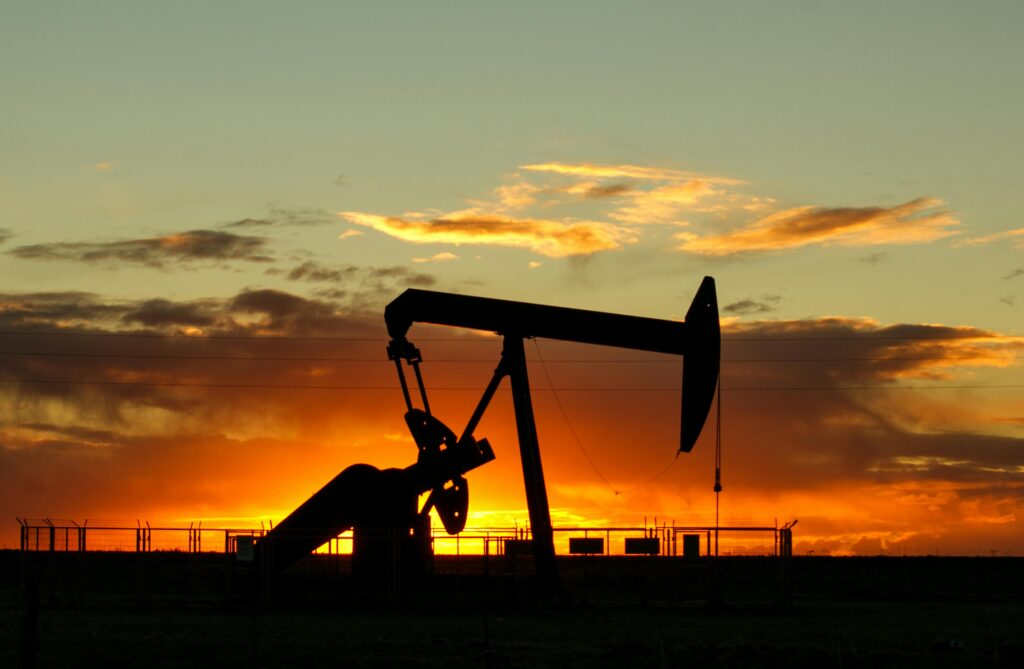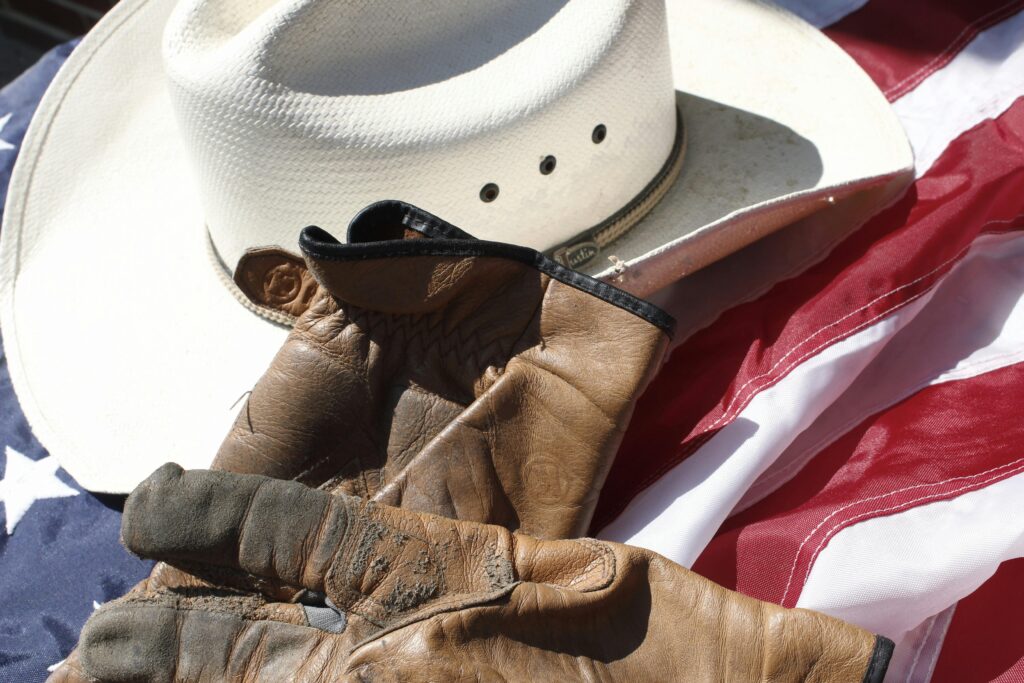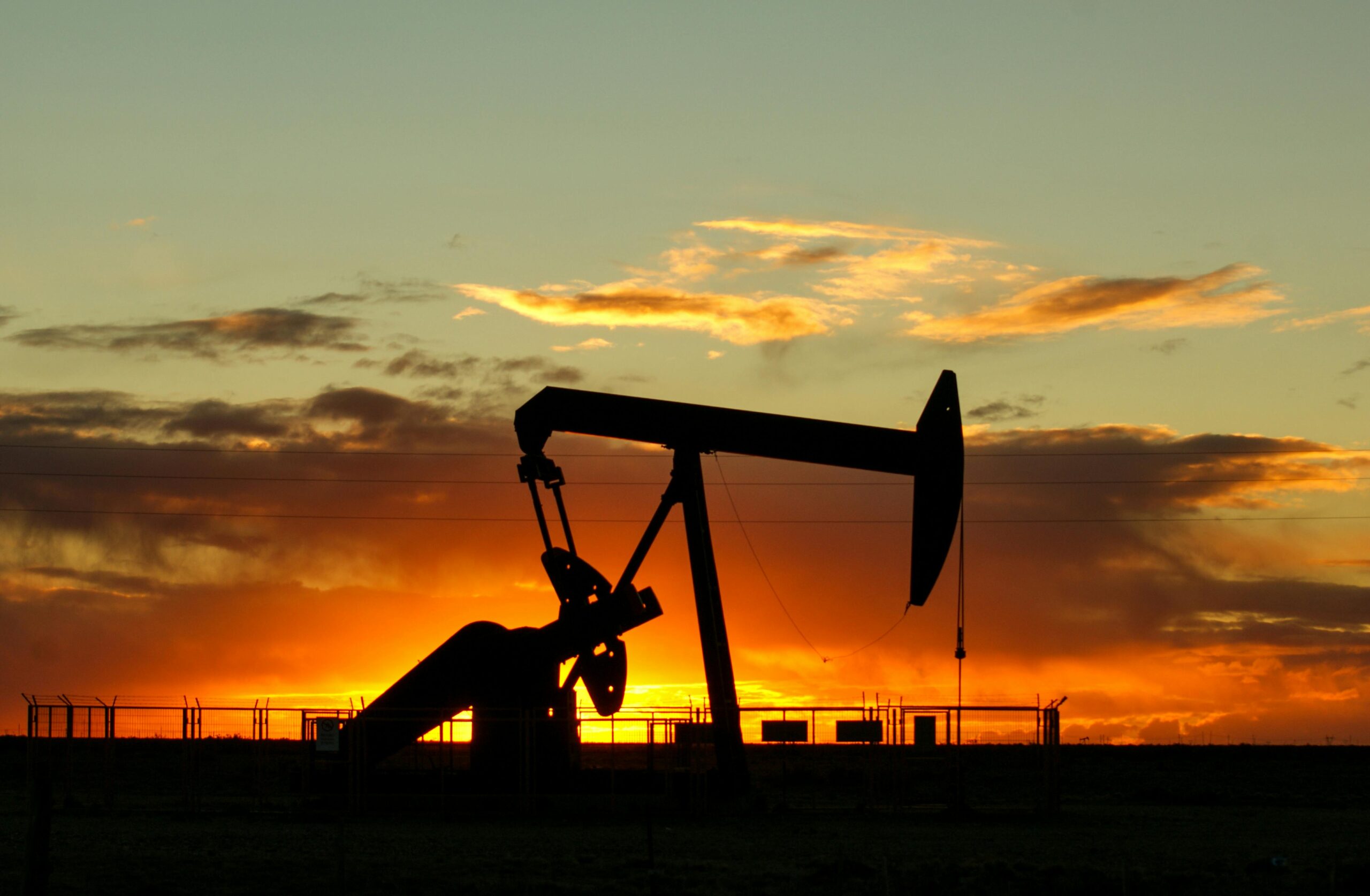Blog
Advertising in West Texas: A Unique Landscape for Reaching Audiences
West Texas, with its sprawling plains, rugged terrain, and tight-knit communities, presents a distinctive environment for advertising. From the oil-rich Permian Basin to the cultural hub of Lubbock, this region blends rural traditions with modern economic drivers, creating both challenges and opportunities for marketers. Advertising here requires an understanding of the local culture, economy, and media preferences to effectively connect with its diverse population.

The West Texas Market: Who Are You Reaching?
West Texas spans a vast area, encompassing cities like Midland, Odessa, Lubbock, and San Angelo, as well as countless smaller towns. The population is a mix of ranchers, oil and gas workers, college students (thanks to institutions like Texas Tech University), and growing Hispanic communities. According to recent estimates, the region’s population exceeds 600,000, with steady growth fueled by the energy sector and agriculture.
The people of West Texas value authenticity, hard work, and community ties. Flashy, big-city ad campaigns may fall flat if they don’t resonate with these core ideals. At the same time, the region’s economic boom—particularly in oil and gas—means there’s disposable income to target, making it a lucrative market for the right approach.
Traditional Advertising Channels
Despite the rise of digital media, traditional advertising remains a powerful tool in West Texas. Here’s why:
- Radio: With long commutes common in this expansive region, radio is a staple. Stations like KNFM (92.3 FM) in Midland or KLLL (96.3 FM) in Lubbock offer a direct line to listeners, whether they’re driving to oil fields or ranches. Ads that use local voices or reference regional landmarks tend to build trust and recognition.
- Billboards: Along highways like I-20 or US-87, billboards are hard to miss. Their simplicity suits the straightforward West Texas mindset—bold visuals and concise messaging work best. For example, a billboard promoting a local car dealership or farm equipment supplier can catch eyes and stick in minds.
- Newspapers and Local Magazines: Publications like the Midland Reporter-Telegram or Lubbock Avalanche-Journal still hold sway, especially among older demographics. Print ads highlighting community events, local businesses, or services tailored to rural life often see strong engagement.
The Digital Shift
While traditional methods dominate, digital advertising is gaining ground, particularly in urban centers like Lubbock and Midland. High-speed internet access has expanded, and with it, opportunities to reach West Texans online:
- Social Media: Platforms like Facebook and Instagram are popular, especially among younger residents and families. Localized campaigns—think ads for a Friday night high school football game sponsorship or a Permian Basin oilfield services company—perform well when geotargeted.
- Google Ads: With businesses tied to oil, agriculture, and tourism (think Big Bend National Park), search engine marketing can capture intent-driven customers. Keywords like “West Texas oil jobs” or “Lubbock farm supplies” can drive traffic effectively.
- X and Local Influencers: The platform X has a growing presence for real-time discussions about oil prices, weather, or Texas Tech sports. Partnering with local influencers—ranchers, small business owners, or even regional personalities—can amplify a brand’s message organically.
Cultural Nuances in Messaging
Advertising in West Texas isn’t just about where you place the ad—it’s about how you say it. The region’s identity is rooted in independence, resilience, and a no-nonsense attitude. Campaigns that lean into these traits thrive. For instance:
- Humor that pokes fun at city slickers or celebrates the grit of oilfield workers often lands well.
- Ads showcasing local pride—whether it’s the Red Raiders or the legacy of ranching—build instant rapport.
- Spanish-language or bilingual campaigns are increasingly vital, given the region’s growing Hispanic population, particularly in areas like Odessa.
Success Stories
Take the case of a Midland-based oilfield equipment supplier that ran a radio and billboard campaign with the tagline, “Built Tough for West Texas Tough.” By tying their brand to the region’s rugged ethos, they saw a 20% uptick in inquiries within three months. Or consider a Lubbock car dealership that sponsored tailgates during Texas Tech games, pairing social media giveaways with on-site promotions—sales spiked during football season.
Challenges to Navigate
Advertising here isn’t without hurdles. The vast distances between towns can make broad campaigns costly, and spotty internet in rural areas limits digital reach. Seasonality also plays a role—summer heat slows retail traffic, while winter brings focus to indoor services. Marketers must tailor their timing and tactics accordingly.

The Future of Advertising in West Texas
As the region evolves, so will its advertising landscape. The ongoing energy boom, coupled with investments in renewable energy like wind farms, suggests new industries to target. Meanwhile, younger generations are bringing a tech-savvy edge, pushing brands to blend tradition with innovation.
In West Texas, advertising success hinges on knowing the land and its people. Whether it’s a dusty billboard on a lonely highway or a targeted ad on a smartphone, the key is to speak authentically to a region that prides itself on being unapologetically itself. For businesses willing to adapt, West Texas offers a wide-open frontier for building lasting connections.



